Do You need a cbCT to do Endo?
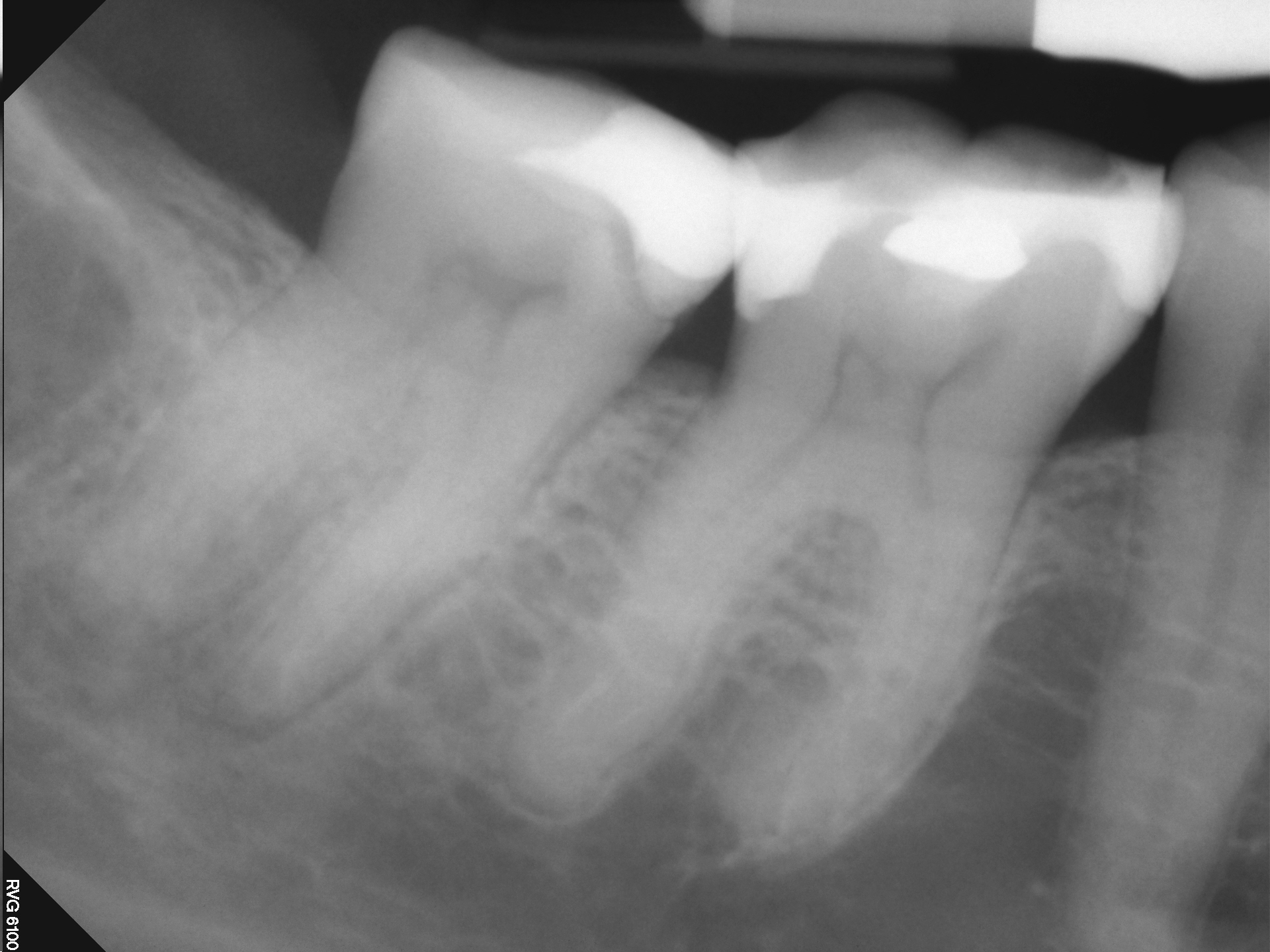
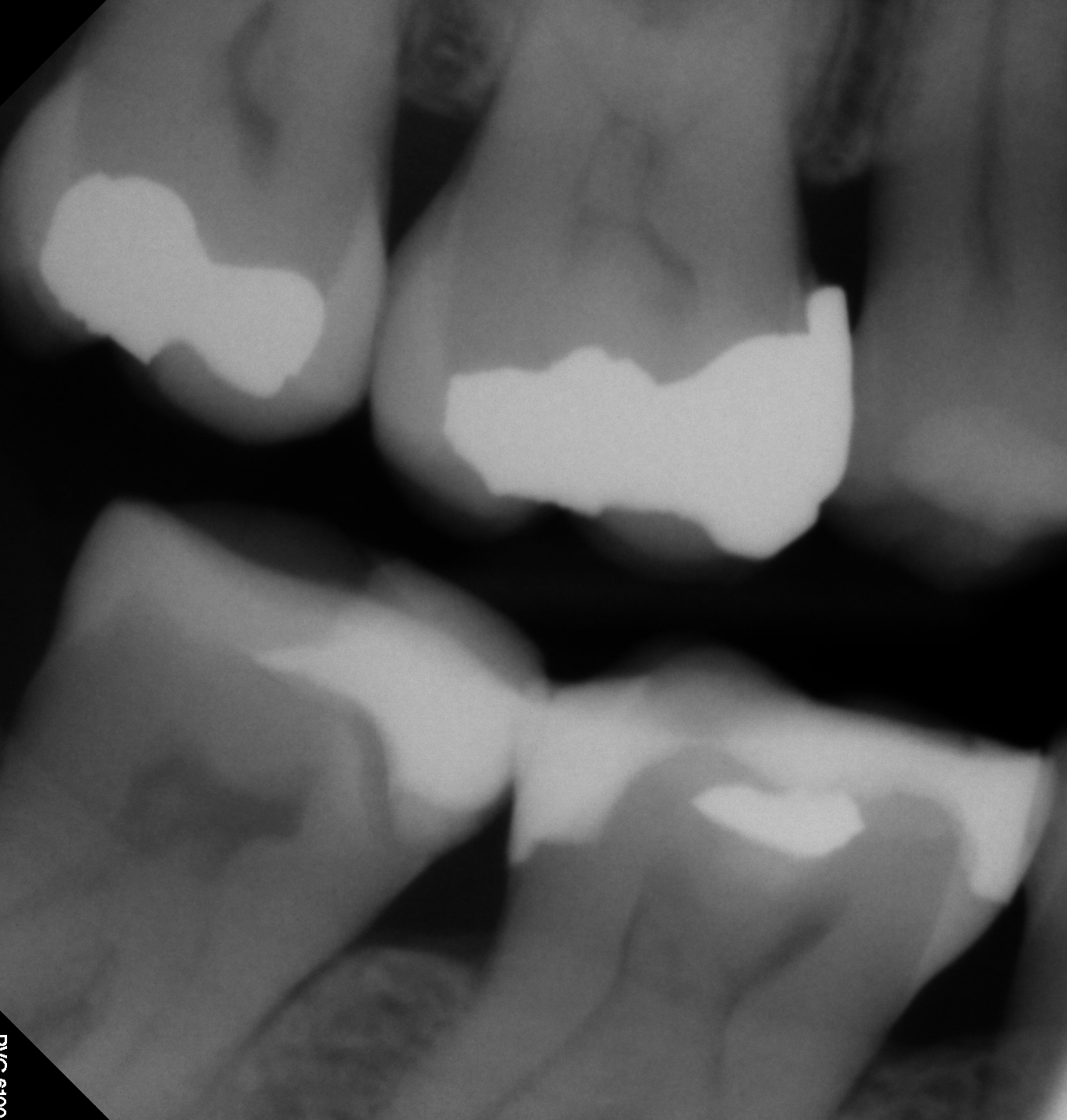
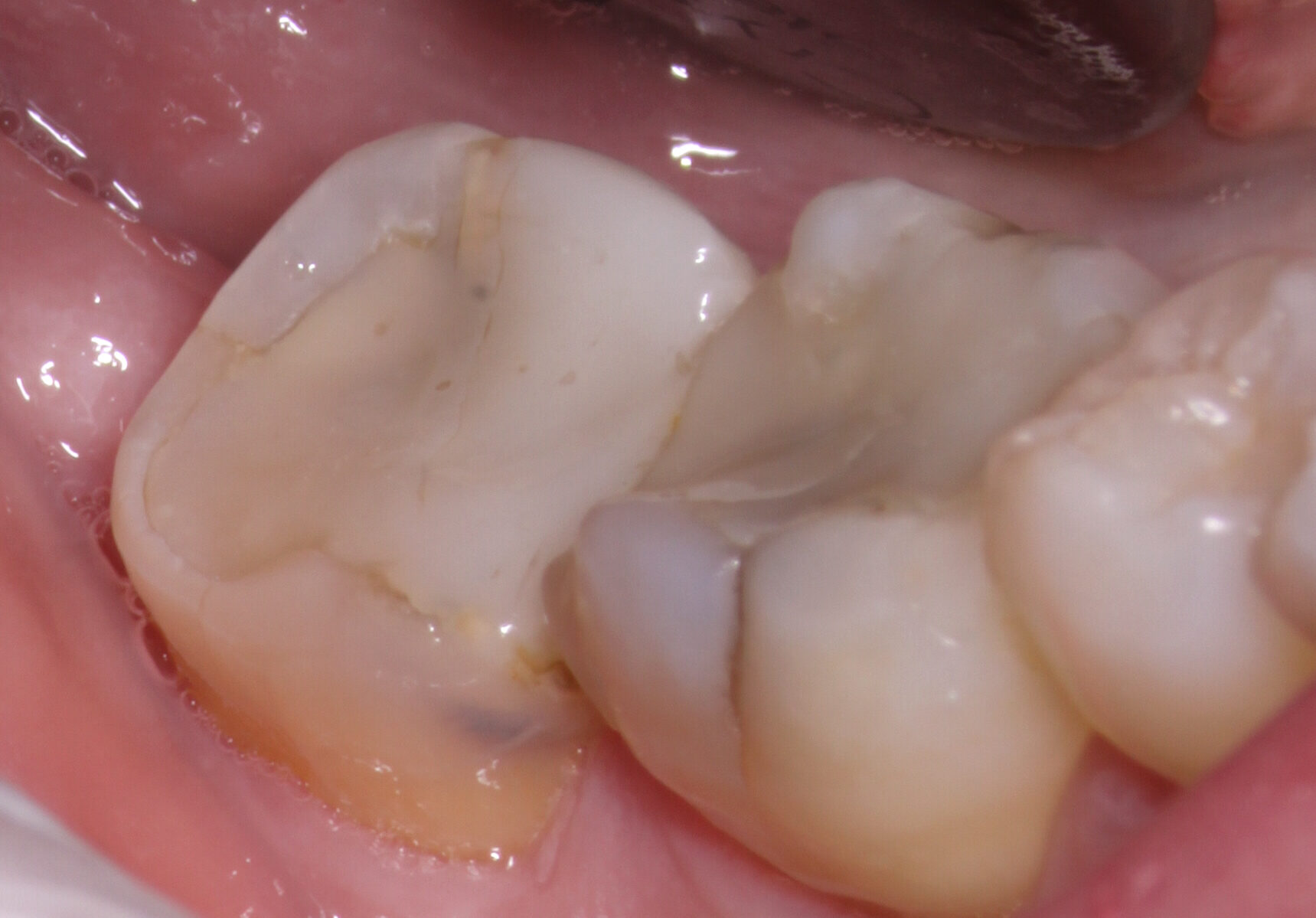
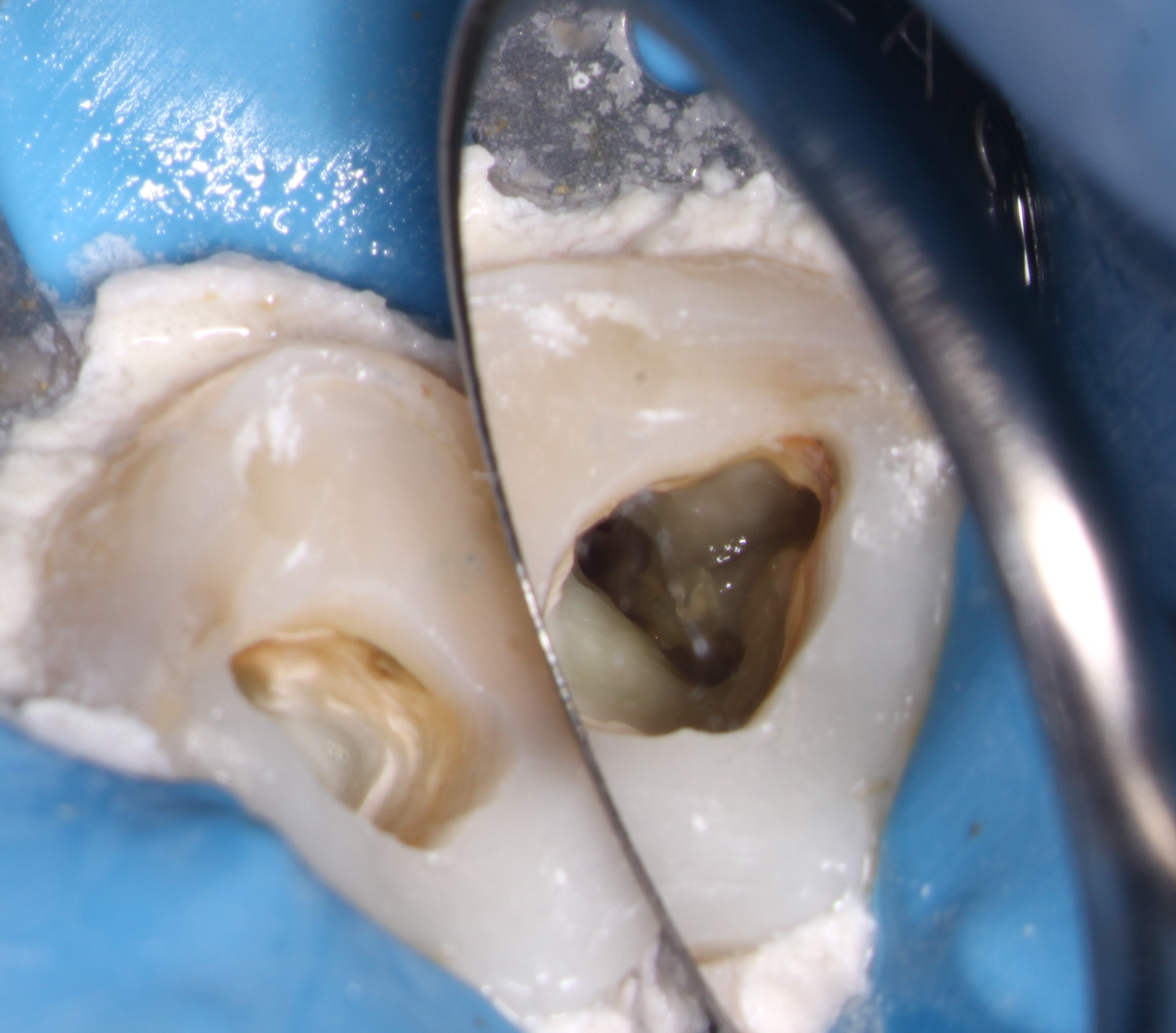
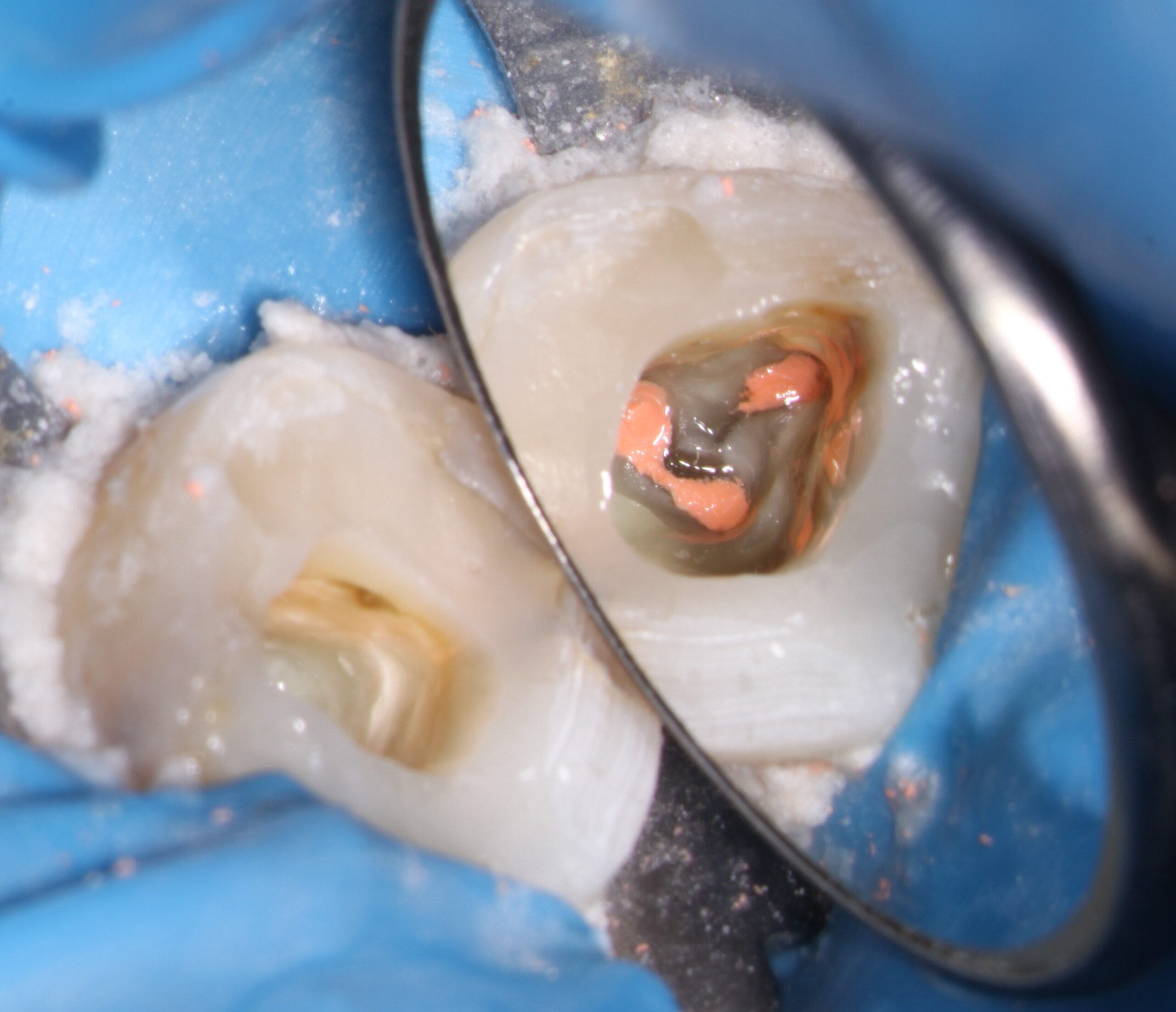
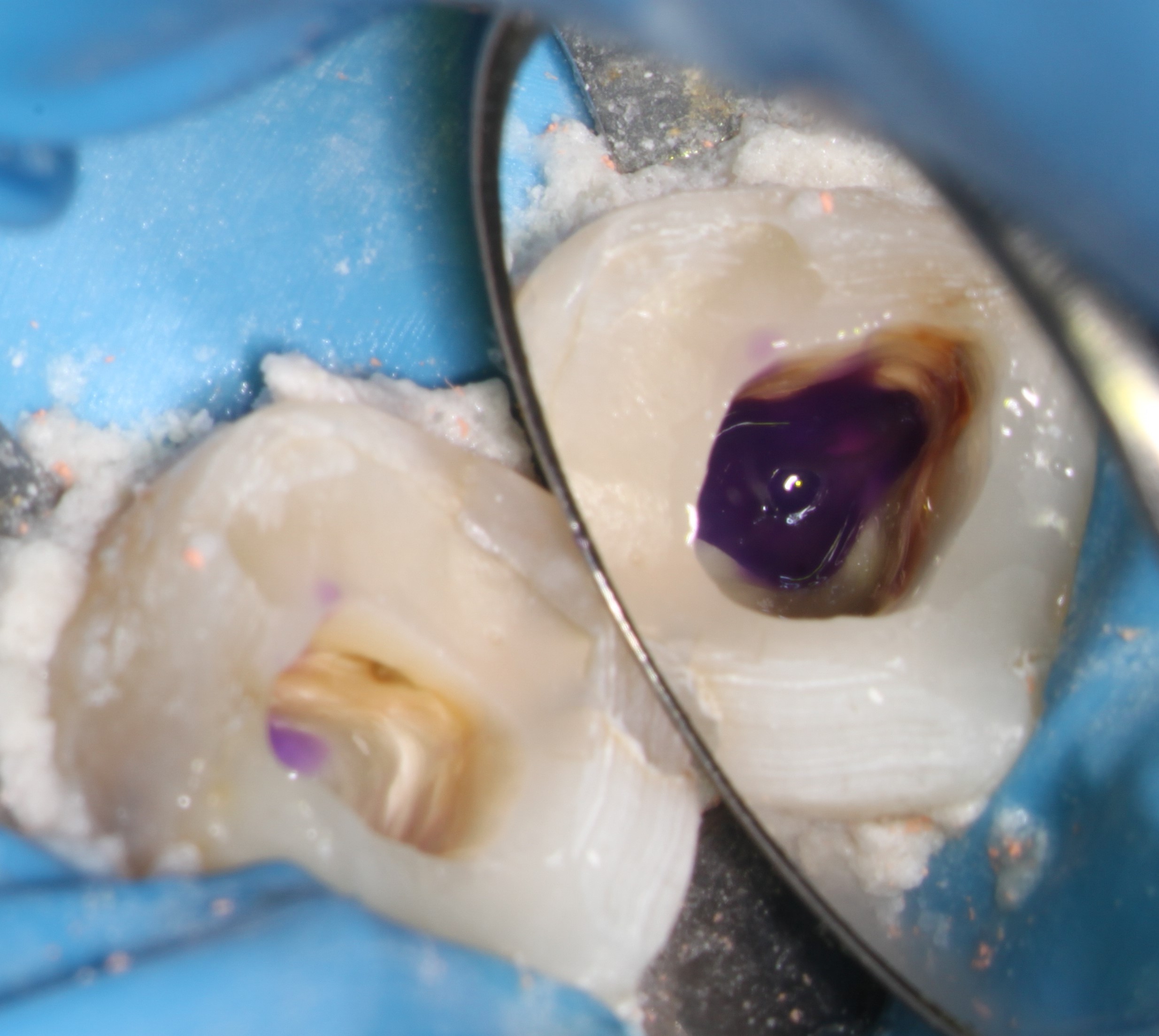
Sometimes, with conventional radiography things just don’t look right . The case seems fairly simple the canals are fairly easily negotiated and things seem to be going very smoothly. In this case this mandibular second molar seemed to be shaping up pretty well. I was able to gain patency in three canals and I had closed the tooth with a temporary composite access filling and was ready to return it to the referring dentist for final restoration.
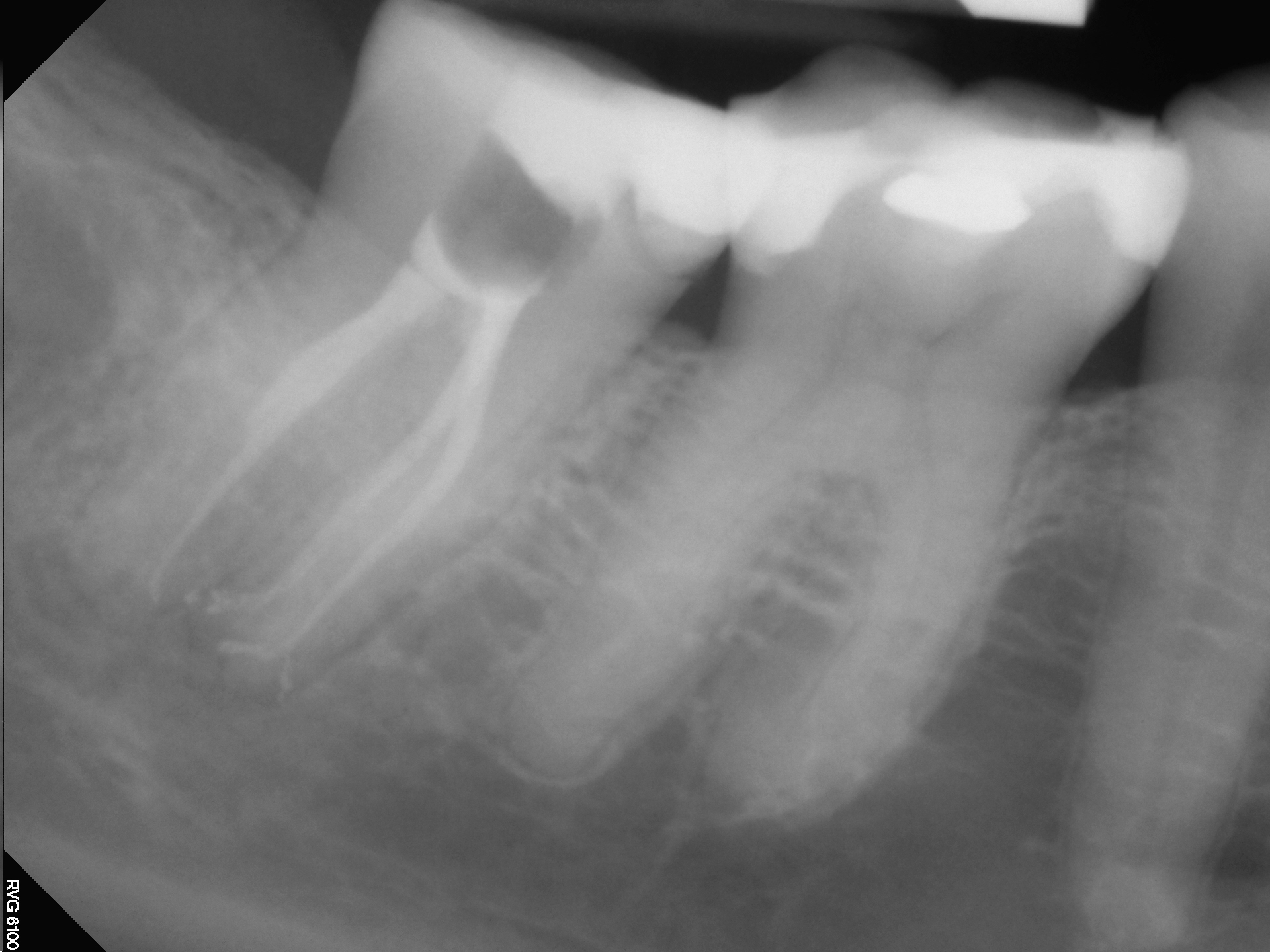
Unfortunately , the distal root did not look right. The distal root canal filling was not centered in the root and there just seemed to be too much “space” on the distal part of the root adjacent to the canal filling… suggestive of a missed second distal canal
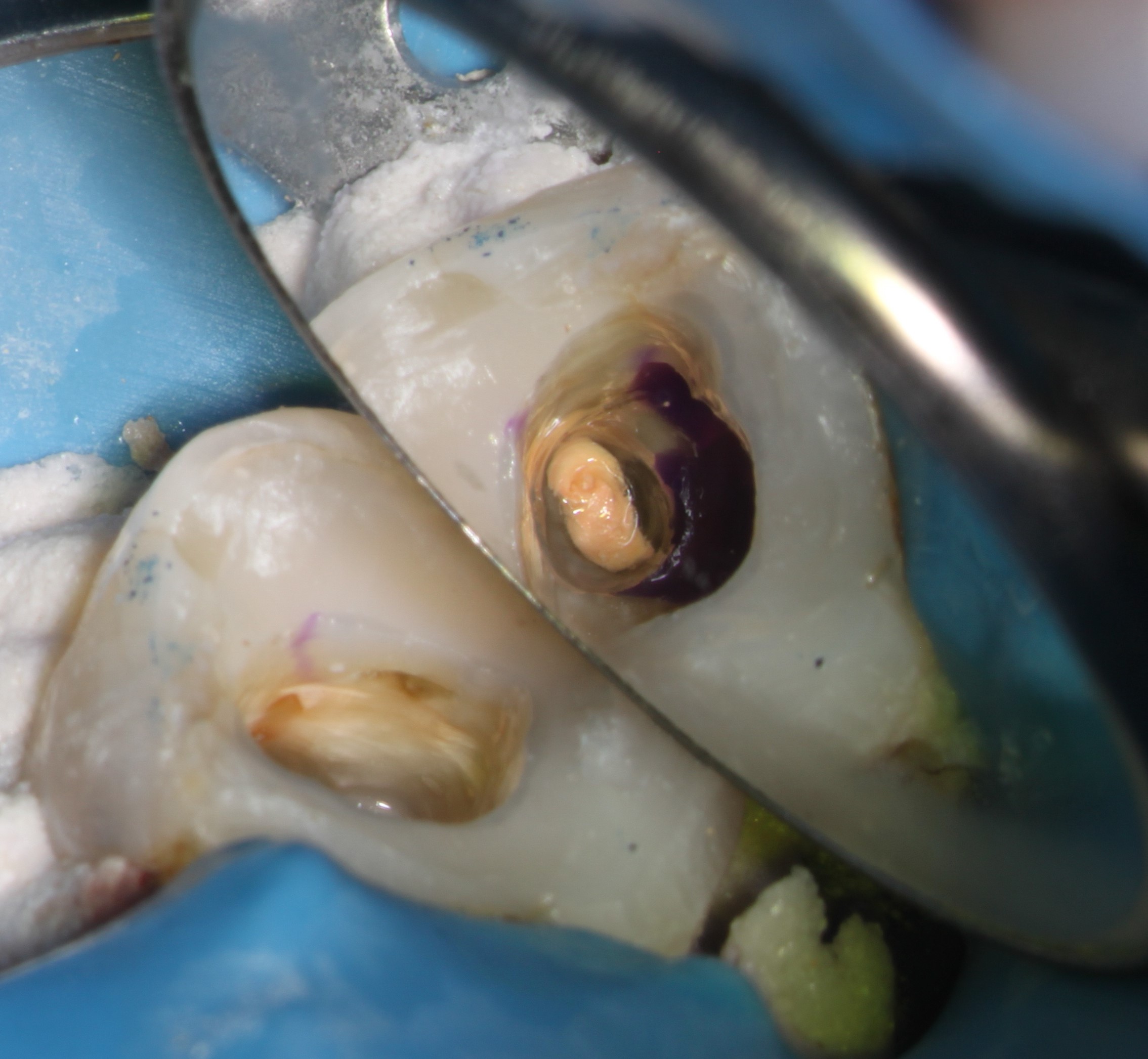
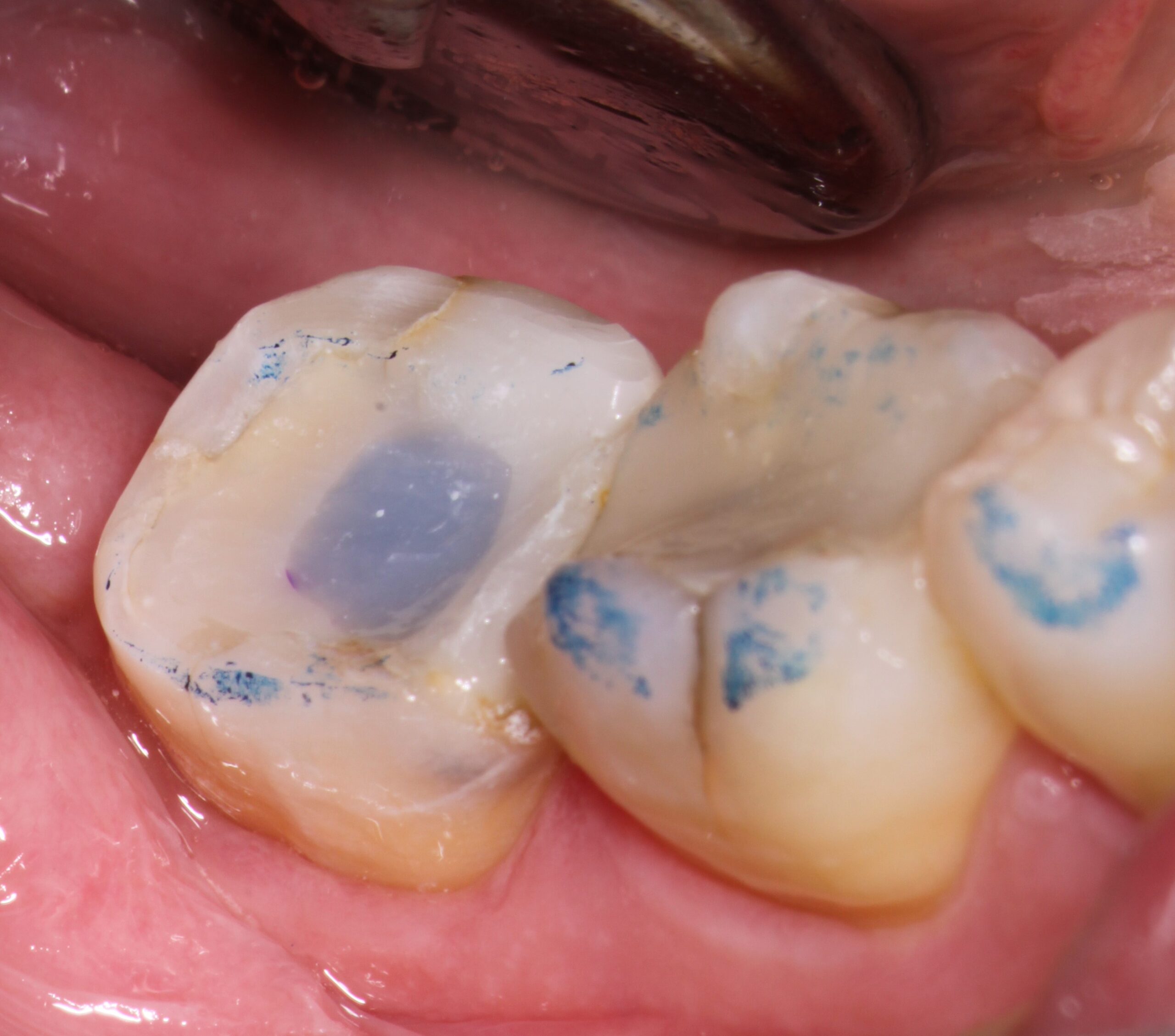
The patient thought he was done ( and so did I!) and I considered dismissing him. But experience had taught me that I had to look further. I explained that I had to place the rubber dam again, remove the temp and re-examine the case. Although the patient was disappointed that he was not “done”, he appreciated my thoroughness. I removed the PermaFlo Purple orifice bond material and a second disto-lingual canal became visible . The canal was treated and the case was completed as you can see in the bottom radiograph.
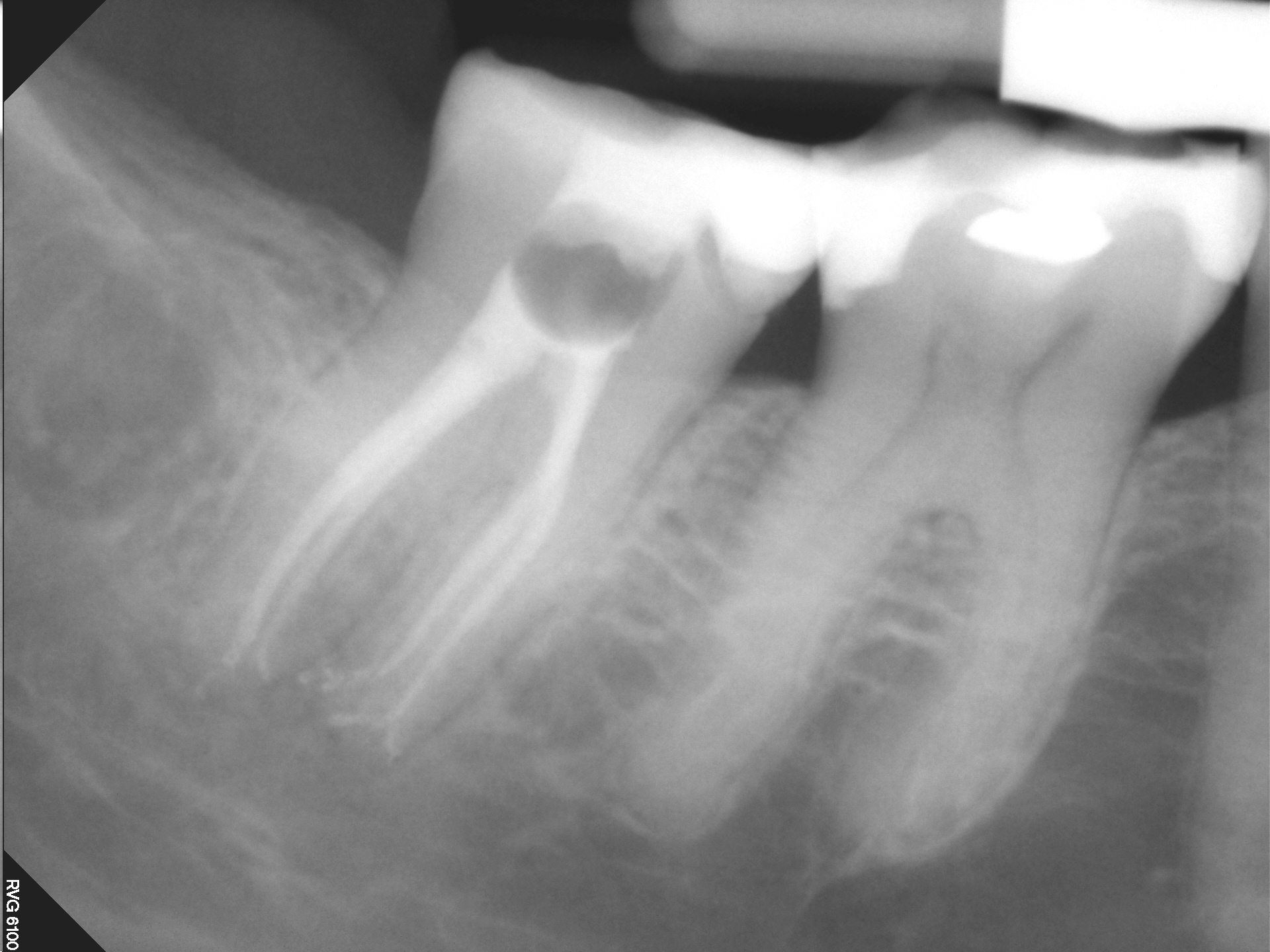
It would have been easy to send the case back to the referring dentist and have them place the restoration. But it is also possible that the patient could have been persistently symptomatic while the radiograph would appear show “good technique”. Further treatment would involve accessing through the new restoration, something that neither the Dentist ( who just placed the restoration) or the patient (who just paid for the intact restoration) appreciates very much !! In retrospect, a Cone Beam tomograph probably would have been a good idea in this “easy” case.
But do we need to take a cbCT for every case? (Cost $, Exposure to patient?) Even in the so called “ easy” cases, it is often wise to get 3D imaging to confirm what you think you already know to be true. Canal anatomy has a way of biting you in the ass when you least expect it. More and more, cone beam tomography is slowly becoming an essential part of contemporary, modern Endodontic treatment. If you perform Endodontics without one, these are the kind of mistakes that you are likely to make.
